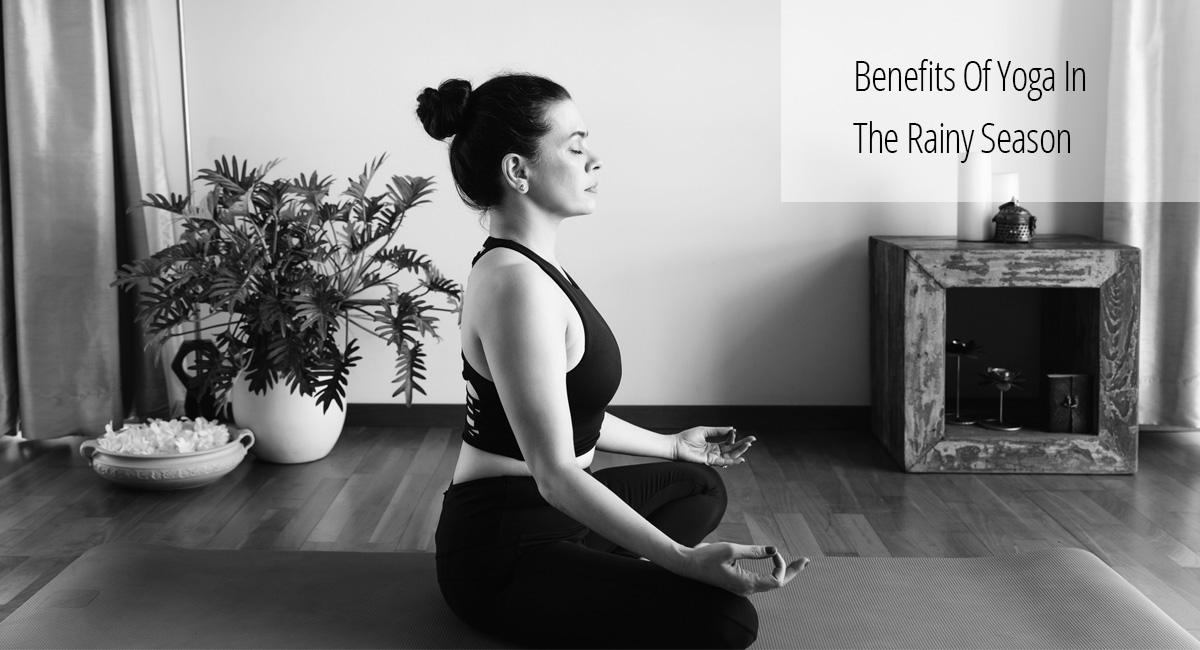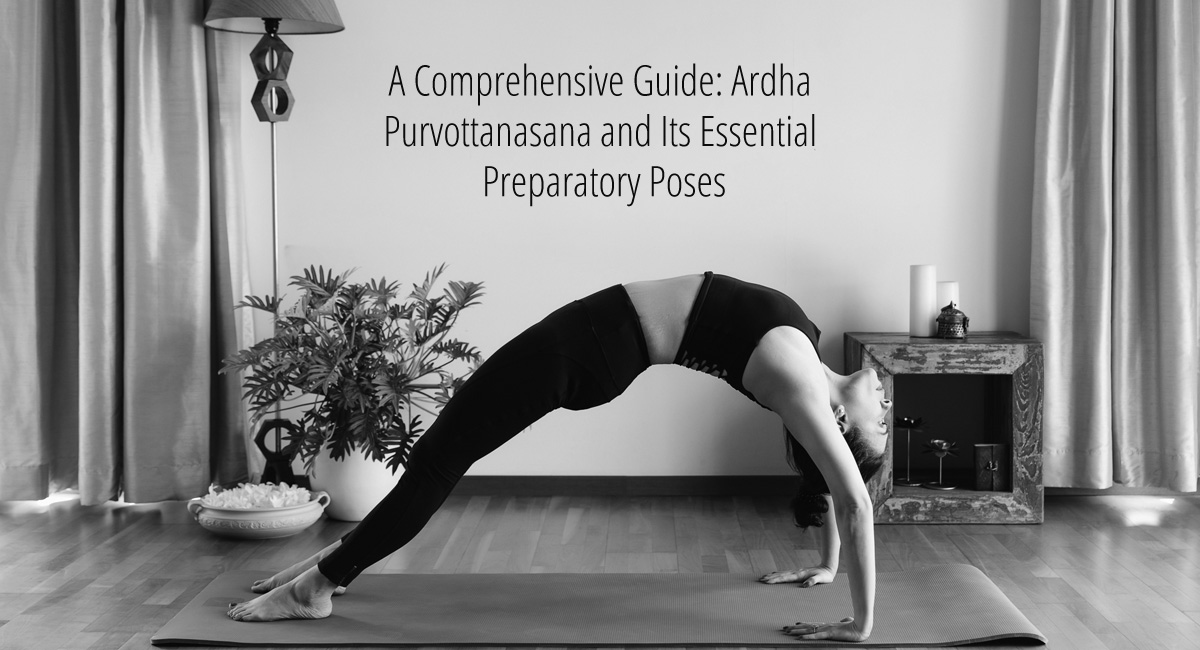
Benefits Of Yoga In The Rainy Season
Table of Contents
The monsoon season is a special blend of happiness and chaos. Summer days are over and we have some respite from the heat. Although the sounds of rainfall, lower temperature, and the lush greenery outside have a positive effect on mood, it may also become gloomy sometimes due to high levels of humidity, lengthy traffic congestion, and muddy puddles.
The season’s other problematic aspects go beyond mood and temperature swings. The immune system becomes weak due to the lack of sunlight and increased humidity that helps germs grow faster during the rainy season, you could be caught off guard with an unexpected infection or health concern. For this reason, yoga can prove to be highly beneficial to help aid your immunity and keep you active and energized throughout the day.
Top 5 Benefits Of Yoga In The Rainy Season
Yoga is a traditional Indian practice that improves both physical and emotional wellbeing. It is a tried-and-true natural treatment for countless illnesses. Everyone is aware of the many advantages of regular yoga practise and the wisest among us are switching to yoga for the simple reason that yoga is more than a collection of exercises. The path to all-around wellness is through yoga.
The monsoon season is particularly notorious for its never-ending flu and cold outbreaks and there is always a chance of contracting cholera, dengue, or other frightening diseases. So how can one experience the monsoons while remaining secure and healthy? Integrating yoga practice into your daily routine can bring about a number of benefits, especially during the rainy season.
Here are some of the benefits of yoga in the rainy season –
1. Improves Overall Energy Levels
Yoga is a natural alternative to the cups of coffee or tea so many of us use to get through a rainy day. You may feel more alert after performing certain yoga poses which make your spine more flexible, extend your chest, and increase blood circulation.
Urdhva Hastasana or the upward salute is one such pose that teaches extension from the ground up and helps you feel the energy move up and down your spine with each breath as you stand tall and reach for the sky. Salabhasana or locust pose engages all of your back muscles, gets you moving, and brings a lot of warmth to your body.
2. Aids Joint Health
The increased humidity and precipitation levels during monsoon can trigger joint pains. Morning joint stiffness is commonly seen during the rainy season.
Virabhadrasana or Warrior Pose is a group of related lunging standing yoga poses which help increase balance and strengthen knee and ankle joints. Another pose is the dhanurasana or bow pose which makes it look as though you’re skydiving on your yoga mat and is excellent for shoulder joints, and also provides a good opportunity to stretch your back and quadricep muscles down through your legs.
3. Facilitates Respiratory Functions
Yoga can also help during monsoon by opening up the flow of air through the respiratory system, increasing lung capacity, and bringing relief from blocked sinuses. Yoga Asanas which involve abdominal, thoracic, and clavicular breathing efficiently assist in rectifying breathing habits and increase the intake of oxygen.
Pranayama is the practice of control of breath or “prana” which means vital life force. Kapal Bhati pranayama, Nadi Shodhan pranayama (alternate nostril technique), Bhramari pranayama (bee breath) are some types that help expand lung capacity. Jal neeti is another technique that can help remove mucus, disease-causing germs, and pollutants from the nasal passage and sinuses.
4. Strengthens The Immune System
Yoga poses can support, balance, and strengthen the immune system by improving blood and lymph circulation, so that the number of white blood cells traveling through the body increases and helps keep infections at bay. Additionally, it can aid in the fight against oxidative stress, which puts healthy cells in danger and causes inflammation and degeneration.
Setu Bandhasana (Bridge Pose), Naukasana stimulates the thymus gland which then releases T cells and boosts immunity. Svanasana is an inverted pose that reverses the impact of gravity on our body thereby allowing blood and lymph to flow in opposite directions.
5. Helps Relieve Digestive Problems
We tend to intake a lot of fried, spicy food, especially from roadside stalls during rains which can lead to indigestion and stomach problems.
Paschimottanasana (Seated forward bend pose), Pavanmuktasana (Wind-relieving pose), Trikonasana (Triangle pose), and Ardha Matsyendrasana (Sitting half spinal twist) are some yoga poses that alleviate constipation, aid appetite and relieve gastrointestinal problems. Jala Dhauti or Kunjala Kriya is another technique that helps relieve nausea when there is high acidity in the stomach or when one has eaten something indigestible or bad.
Summary
In a nutshell, yoga is a wonderful tool to aid wellness during the rainy season and helps prevent many health problems and diseases that come up during this time of the year. Yoga not only focuses on one body part but is a wholesome approach to maintaining fitness of mind, body and spirit.
This article contains an introduction to the practice of yoga and how it can be beneficial during the rainy season. Further, it focuses on the specific health problems encountered during monsoon and enlists various yoga postures and techniques that can greatly help in bringing relief from them.
It is important to learn and practice yoga postures under the supervision of a trained Yoga teacher, therefore going to classes physically is recommended to learn and practice the postures in the correct manner and avoid exertion or discomfort of any sort.
Join Yoga Classes & Workshops in Pune, India with Mrunal Pawar.

I am a Pune based artist, Kathak dancer, Dance Movement Therapist, and an avid Yoga practitioner/ teacher. I am also the Director at the Sakal Media Group, a Trustee of Pune Blind School and Nirdhar Trust.
Being a part of Sakal Media Group, with its strong foundation of service and ethical journalism, I am deeply committed in making this world a better place by pushing boundaries, giving opportunities to others, following my convictions, helping others make better choices and to tell powerful stories that will help reshape the world we live in.





